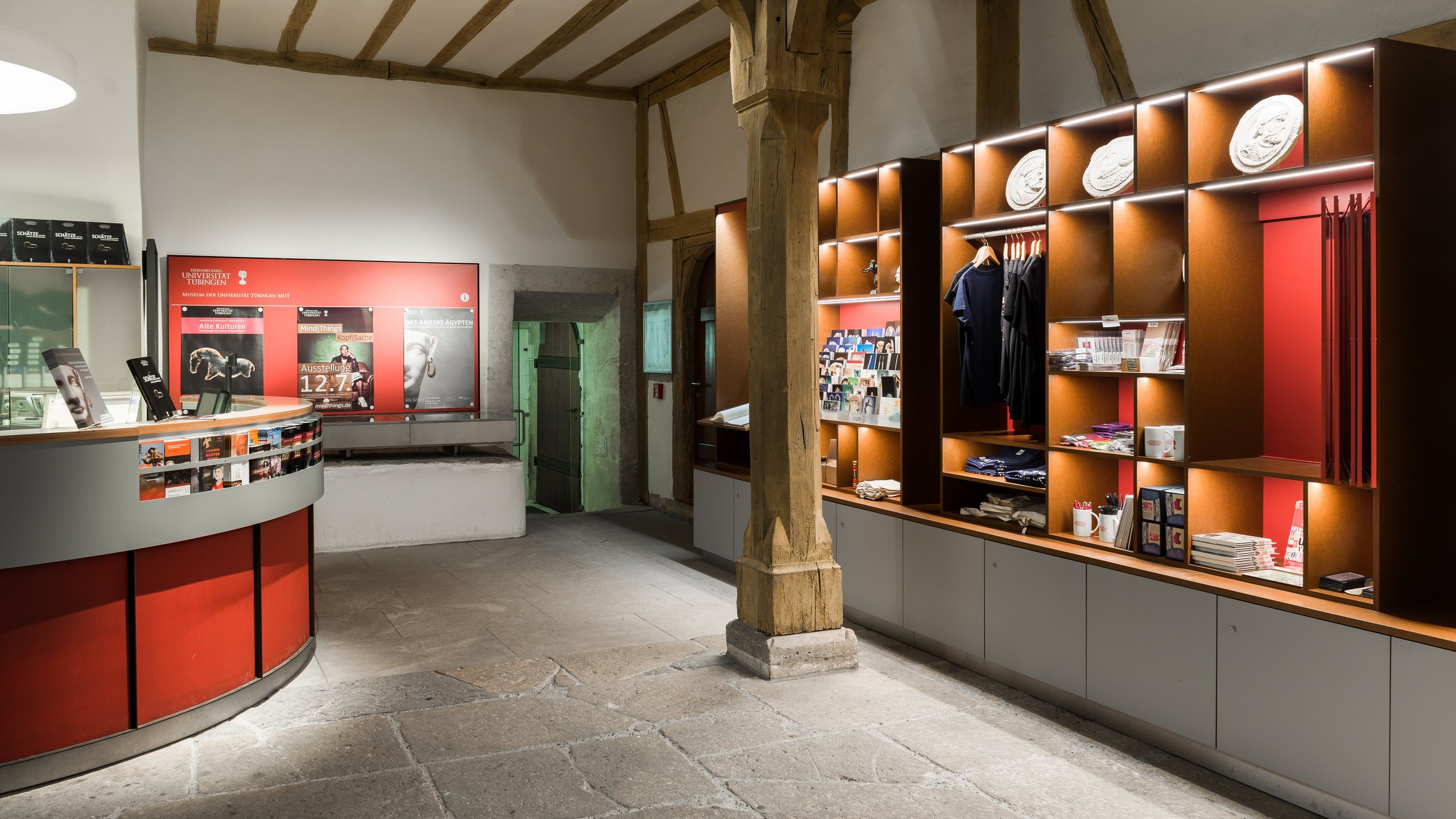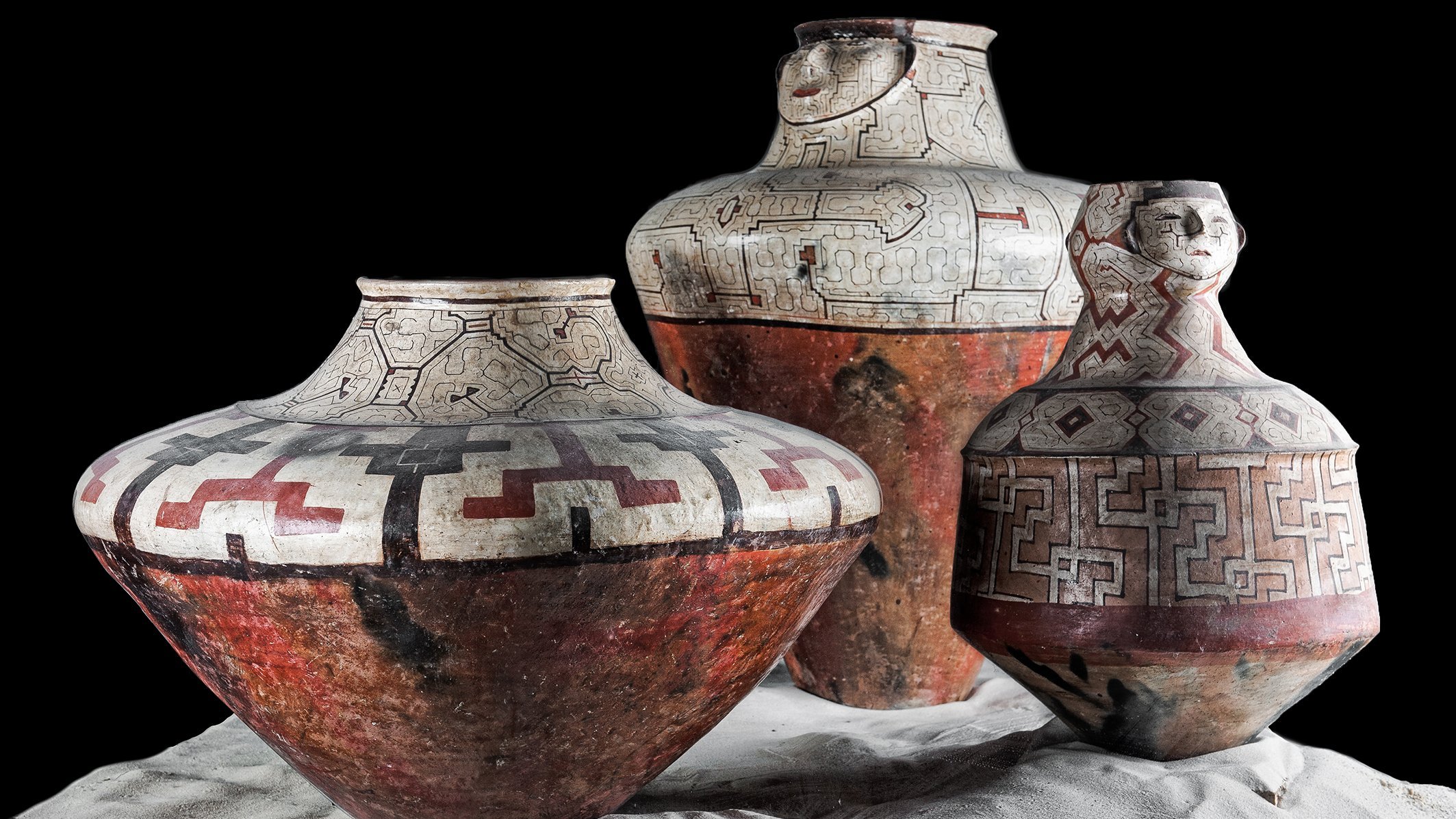Museum at Hohentübingen Castle
The way to the castle is already worthwhile: After arriving at the main station, one goes across the Eberhard Bridge to reach the historical center of Tübingen. From there visitors ascend through a beautiful fortified gateway from the 17th century to reach the Hohentübingen castle grounds. The present building was largely erected in the Renaissance and stands on the site of an older castle, first mentioned in 1078. Situated central and high above the city, the Castle offers a wonderful view across the Neckar Valley and up to the Swabian Alb. In this fitting environment the museum “Alte Kulturen” opened its gates in 1997, after extensive restorations.
On an area of 2000 m² it shows around 4600 exhibits from seven archaeological and cultural collections of the University of Tübingen, ranging over a period of around 40,000 years of cultural history. Among these objects are the famous Tübingen Hoplite runner, a rare ancient egyptian sacrificial chamber and the largest number of original exhibits of the UNESCO World Heritage Ice Age Art - featuring the oldest artworks of mankind.
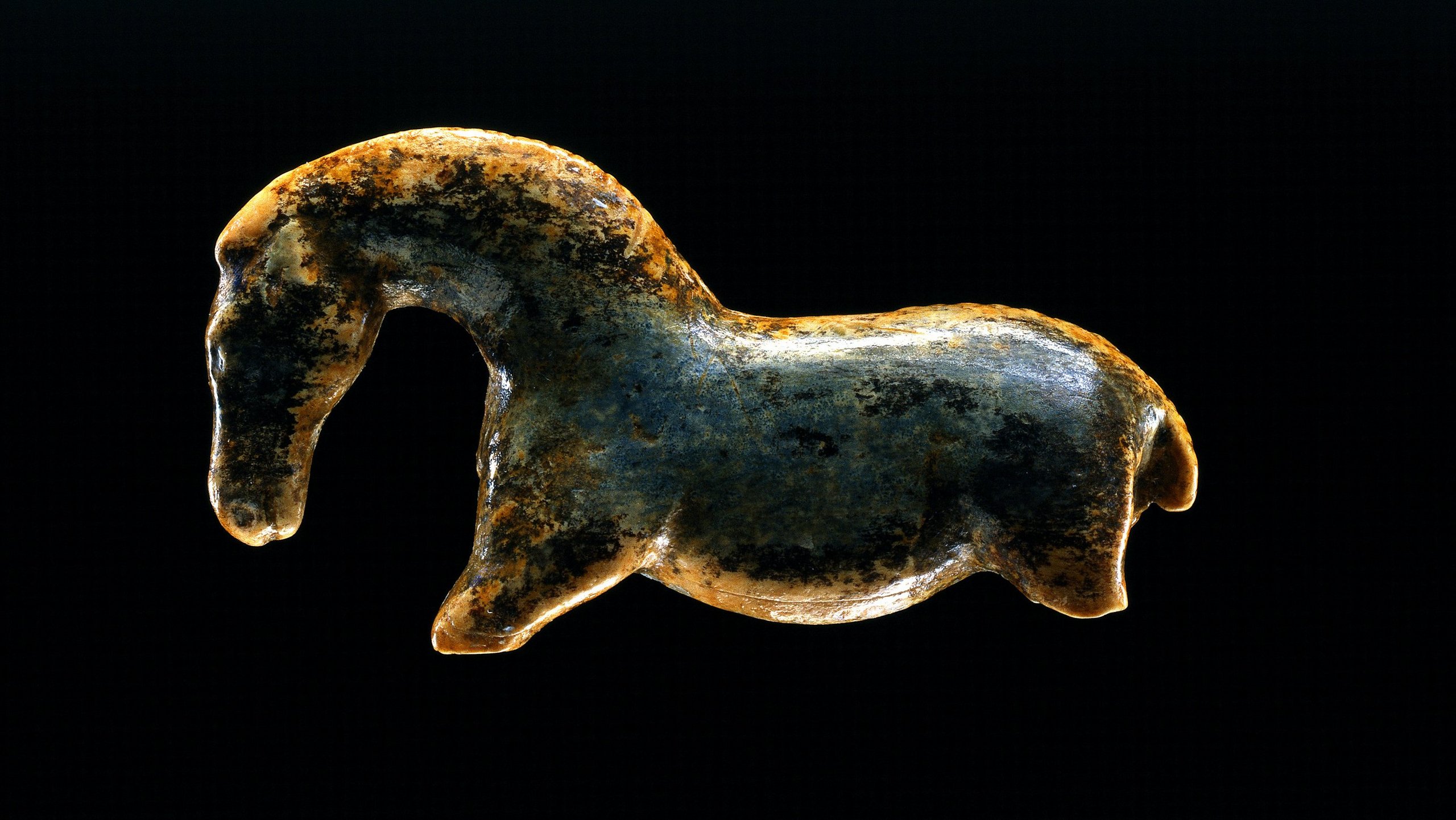
Museum of Ancient Cultures
Experience the oldest works of art of mankind, the culture of the ancient Egyptians and the world cultural heritage pile blues. 4600 exhibits on 2000 square meters allow a walk through the origins of human cultures.
Museum WorldCultures
The Ethnological Collection invites you to explore the South Seas and the Amazon region.

Bohnenberger Observatory
Since 1752, astronomers worked at Hohentübingen Castle. The Castle Observatory, built in 1814 by Johann G. F. Bohnenberger, is located at the cartographic center of the young kingdom of Württemberg. It has been restored and is open for visitors.
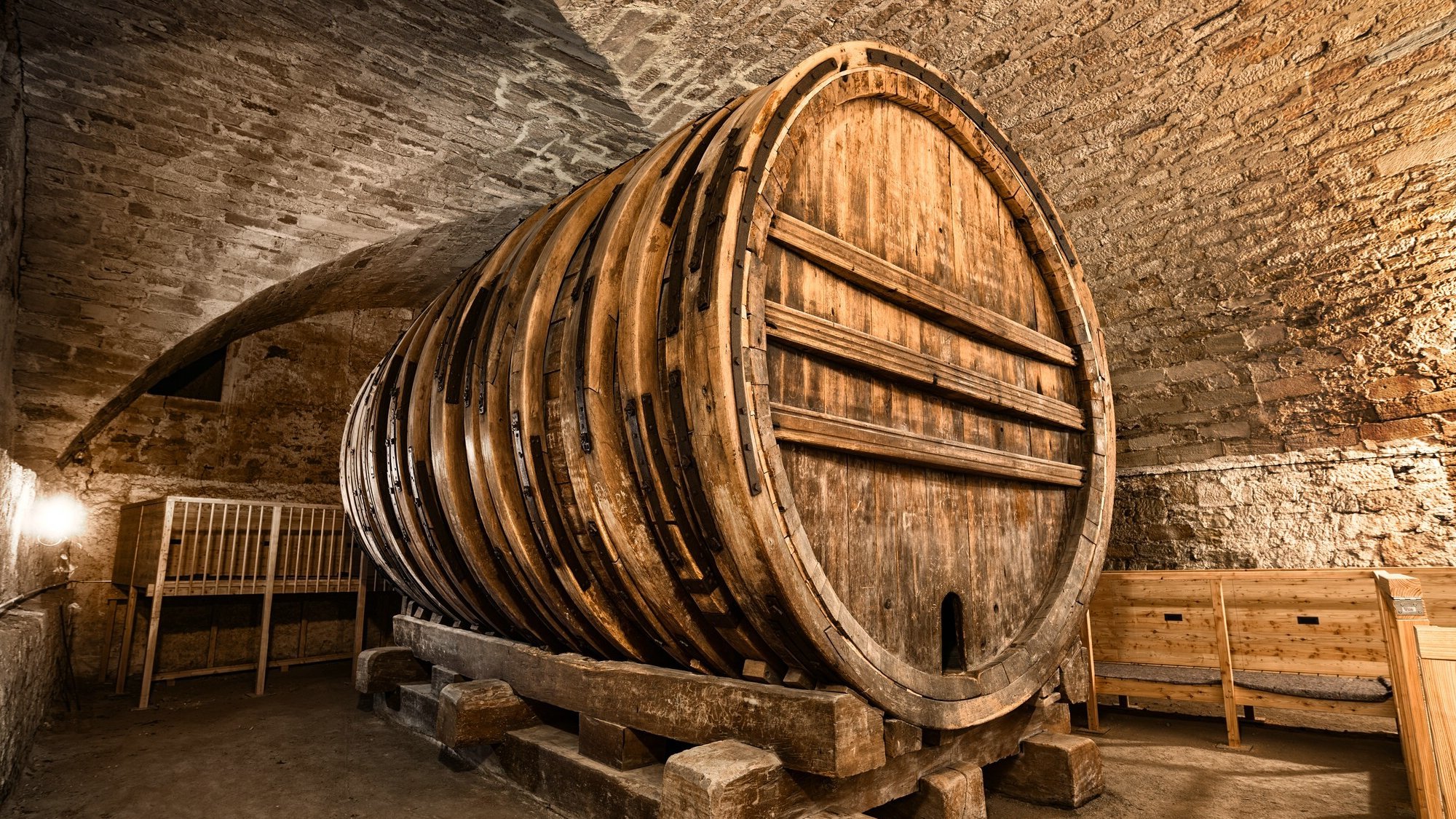
Giant wine barrel at Hohentübingen Castle
The “Big Barrel” in the cellar of Hohentübingen Castle was built from 1546 and holds the Guinness world record as the oldest surviving giant wine barrel. To protect a colony of mouse-eared bats, the barrel is only open for visitors in the winter months.
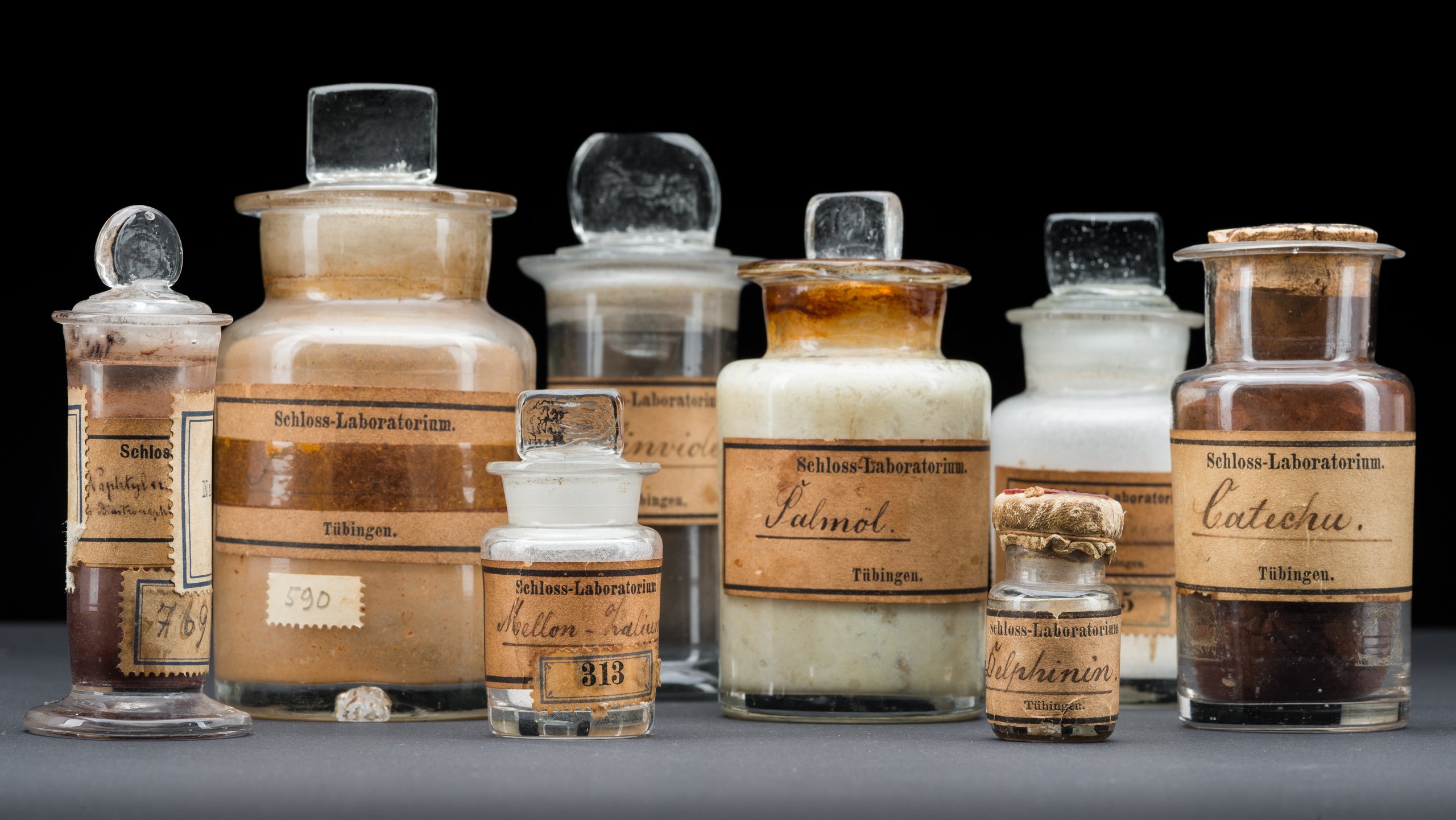
Castle Laboratory
From 1818 onwards, first German biochemist Carl Sigwart worked in the ‘cradle of biochemistry’. Here, Felix Hoppe-Seyler named hemoglobin and, in 1869, Friedrich Miescher discovered nucleid acid (DNA/RNA). The new, interactive exhibition is located directly at these researchers' workplace: the former castle kitchen.
